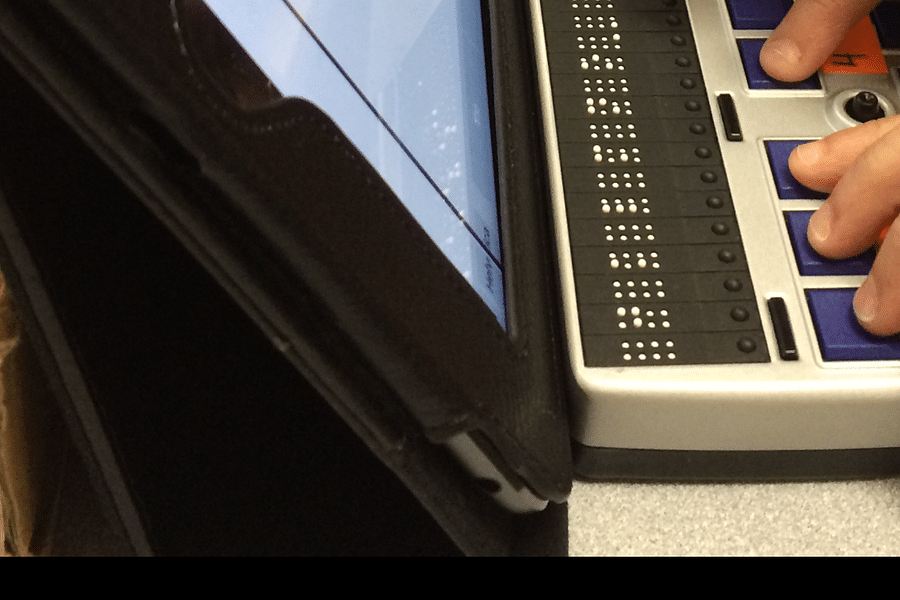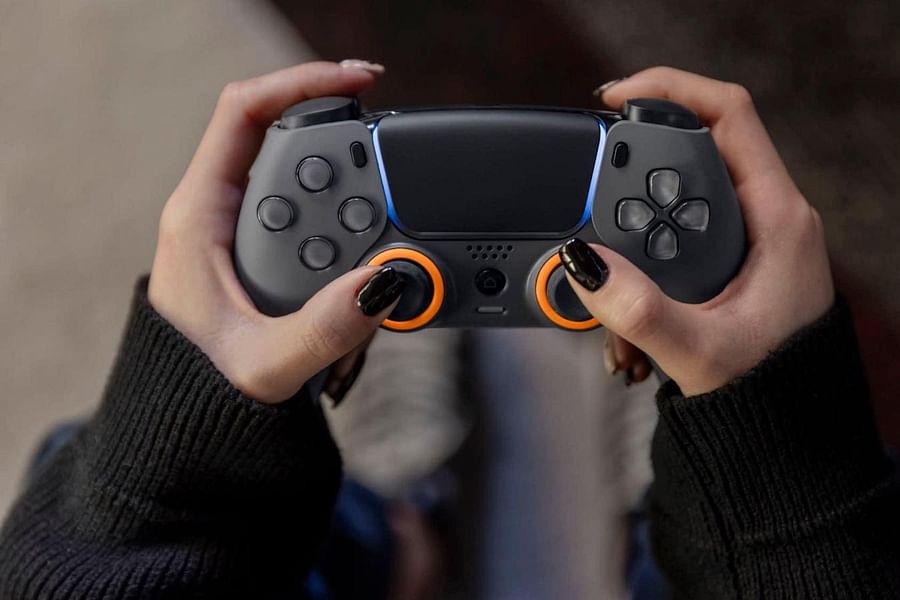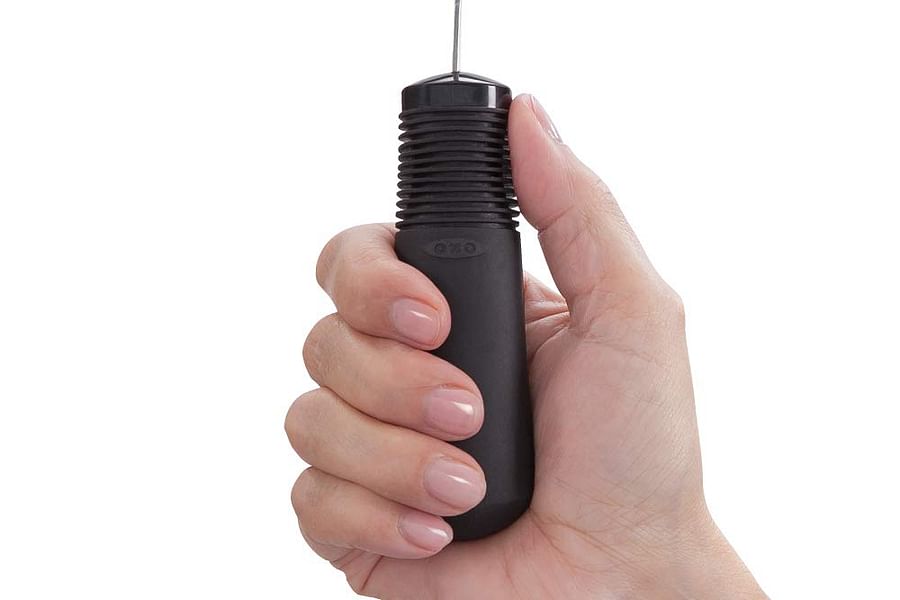Customizing Experience: How to Personalize Assistive Tech for Individual Needs in Disability

Assistive technology is not just about providing tools; it's about crafting experiences that enhance the daily lives of individuals with disabilities. The key to maximizing the potential of these technologies lies in personalization – tailoring each device or software to meet the unique needs and preferences of its user. This approach not only empowers users but also fosters independence and boosts confidence.
Personalization in assistive technology is akin to creating a bespoke suit: it must fit perfectly to function optimally. Every individual's disability presents its own set of challenges, which means that a one-size-fits-all solution is rarely effective. By adjusting settings, adding specific features, and choosing appropriate hardware, users can transform a standard piece of technology into a personalized aid that aligns with their lifestyle and goals.
To deepen your understanding of how assistive technology can be tailored, consider exploring how technology improves accessibility and the role of assistive technologies in daily life. These resources underscore the significance of customization in creating meaningful interactions with technology.
The journey to personalization begins with selecting the right assistive devices. It's essential to consider factors such as the nature of the disability, environmental context, and personal preferences. For instance, someone with limited hand mobility might benefit from a one-handed keyboard designed for ease of use, while a person with visual impairments could find a screen reader with customizable voice settings invaluable.









For more insights on choosing suitable devices, visit lifestyle changes and assistive devices that can ease living with disabilities. It’s crucial to remember that while some individuals may require sophisticated gadgets, others might find simple adaptations more beneficial. Learn more about this by reading about whether all disabilities require the use of assistive technology.
Software customization is another pivotal aspect of personalizing assistive technology. Speech-to-text software, for example, can be fine-tuned to understand and transcribe an individual's speech patterns accurately. Similarly, screen readers can be adjusted in terms of speed and verbosity to suit the user's listening preferences.
Delving into resources like improving tech skills for better utilization of assistive technology can provide you with strategies to make these adjustments effectively. Moreover, understanding how mobile device users with disabilities differ from non-disabled users, offers valuable insights into customizing mobile apps and platforms.
Incorporating user feedback is essential for continuous improvement of personalized assistive technology. Regularly engaging with users to understand their experiences allows for iterative enhancements that keep pace with changing needs and technological advancements.
Assistive technology can transform lives, but personalization is key to meeting individual needs. We want to hear from you! Share your level of satisfaction with your customized assistive devices. Your feedback can help shape the future of personalized assistive tech.
To further support individuals seeking assistance or involvement in this field, resources such as becoming involved in helping people access technology, or finding additional resources at resources for people with disabilities, are invaluable starting points.
User experience design (UX) plays a critical role in ensuring that personalization options are intuitive and accessible. By adopting an inclusive design approach from the outset, developers can create flexible solutions that cater to a wide range of users while maintaining simplicity in customization processes. For those interested in UX principles within this context, I recommend reading about accessible web design, which highlights best practices in creating digital environments amenable to personalization.
The first half of this article has laid out foundational concepts around personalizing assistive tech for individual needs within disability communities. We've discussed selecting suitable devices, customizing software options based on unique requirements, incorporating user feedback into development cycles, and delved into UX design principles critical for creating an inclusive digital environment.
In our continued exploration on this topic... [Content continues]
Assistive technology is not a one-size-fits-all solution. To truly benefit users, it must be adaptable to individual learning styles and cognitive abilities. For instance, some individuals may find visual aids like graphic organizers or mind mapping tools more helpful than auditory inputs for understanding complex information. Others might prefer text-to-speech features to assist with reading comprehension. By offering a variety of options within technology, we empower users to select the method that best suits their personal learning style.
Understanding your unique learning style can greatly enhance your experience with assistive technology. Take this interactive quiz to find out which learning style best aligns with your needs.
Incorporating features that address cognitive accessibility is crucial. This includes simplifying user interfaces, providing step-by-step instructions, or using predictive text functions to assist with writing tasks. Such customization options help in reducing cognitive load, making technology more approachable for those with cognitive disabilities.
Ergonomics plays a pivotal role in the design of assistive devices. For individuals who rely on technology for mobility or communication, the physical design of the device can significantly impact its usability. This is why ergonomic assessments are essential when customizing assistive tech. Products like one-handed keyboards or trackball mice should not only fit the user’s physical requirements but also enhance comfort and reduce strain during prolonged use.










The importance of ergonomics extends to software as well, where interface design can facilitate ease of use for those with motor disabilities. Features such as keyboard shortcuts, touchscreen adaptations, and voice commands can be life-changing, promoting independence and efficiency.
Cultural sensitivity is another aspect often overlooked when discussing personalization in assistive tech. Language support, cultural references, and content localization are not mere add-ons; they are essential elements that make technology accessible on a global scale. Users from different backgrounds should find assistive devices culturally relevant and linguistically accurate to ensure effective communication and comprehension.
In addition to language, it's important to consider cultural norms around disability within different communities. For example, the way hearing impairment is approached can vary widely between cultures; thus, hearing aids and other auditory support technologies need to be adaptable not just in functionality but also in how they are presented and discussed within various cultural contexts.
To further explore how technology can be adapted for diverse groups, visit our page on empowering people with disabilities through assistive tech.
Ultimately, personalizing assistive technology means going beyond the surface-level adjustments; it requires delving into the nuances of human diversity in all its forms—learning styles, physical needs, cognitive abilities, and cultural backgrounds—ensuring that each individual feels seen, understood, and supported by the tools they use daily.
The journey towards creating fully personalized experiences does not end here; it's an ongoing process of learning from user feedback and staying abreast of technological advancements. Engaging directly with users through forums or surveys can provide invaluable insights into their unique preferences and challenges.
As we look to improve assistive technologies for those with disabilities, your input is invaluable. Which of these features would you prioritize for development?
In conclusion (though we never really conclude when it comes to improving lives through technology), remember that personalization is key in making sure that those who rely on these innovations can do so effectively and comfortably. Whether you're a developer designing the next generation of software or an individual seeking solutions for yourself or loved ones, always prioritize customization—it's not just about access; it's about empowerment.
If you're looking for more resources or want to contribute to the field of accessible technology, don't hesitate to check out our page on helping people access technology and assistive devices.
Post a comment